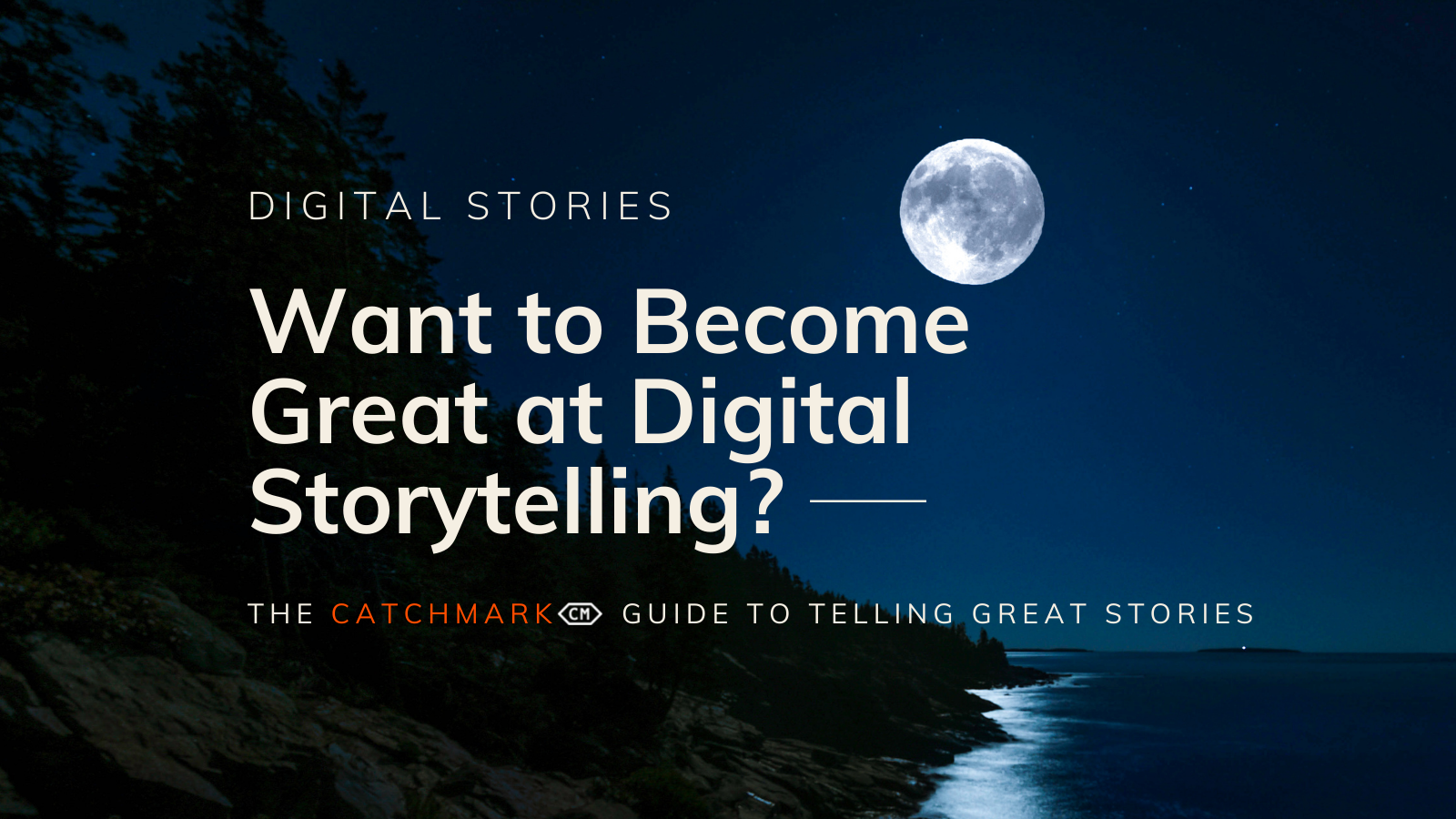Most small to medium business owners make use of the many digital resources available online. They post ads, they share flyers, they drop coupons and sales information. They flood their feed with information about their business, and wonder why they can’t gain traction online. The effort is there, but the message falls on deaf ears. So what do you need to do to crack the code? Tell stories, that’s what.
When we think of storytelling, we tend to conjure up memories of our favorite childhood fairy tales, fables, and campfires. Stories are an essential form of human communication and are often among the first conveyors of cultural norms and values. There’s a reason why many childhood lessons are taught as stories: Research has shown that the human brain likes to encode, store, and retrieve information in narrative form.
We tell stories every single day, how we see the past, how we envision the future, how we convey a message, or how we describe a product or service. A pitch, a presentation, a plea, these are all stories, and are a vital part of any business.
When consumers prepare to make purchase decisions, stories can deliver important information, shape their decisions, and influence their experience. With the advent of consumer-to-consumer social media platforms such as Facebook and Twitter, stories can be powerful tools for shaping cognitive processing, recall, brand image, and choice.
Believe it or not, great stories share some common characteristics. Much like a great cookie, there are key ingredients needed to ensure success. Telling a digital story is no different, you just use a different medium to deliver it. Follow our guide below to make sure your story is compelling:
Universal
Great storytelling is about taking a piece of the human condition (so things like birth, growth, emotionality, aspiration, conflict) and conveying it in a unique situation, even in the business world. What are you trying to aspire to? How did you help a customer grow? In what way did you help create a new thing? Tell your business stories in the same way.
Acclaimed director Pete Docter says it perfectly:
“What you’re trying to do, when you tell a story, is to write about an event in your life that made you feel some particular way. And what you’re trying to do, when you tell a story, is to get the audience to have that same feeling.”
Structured and Purposeful
“The Story Spine” formula was created by professional playwright and improvisor Kenn Adams. Pixar makes use of this formula in the creation of their stories, but it can work for business to.
Once upon a time there was [blank]. Every day, [blank]. One day [blank]. Because of that, [blank]. Until finally [bank].
Lets try it, “Once upon a time there was a young man named Brent. Every day he encountered many broken computers and frustrated people who were unable to work. One day Brent had a great idea, “what if I started my own company that repaired computers.” Because of this, Brent worked hard to create a business that could help people repair their computers and solve problems, and CatchMark Technologies was born!”
Character Driven
You may be saying to yourself, “I am a business where, would I find a character?” Believe it or not, this is the easy part. Characters exist everywhere! You could be the character, an employee, a customer, a vendor or partner, the possibilities are as endless as the available stories.
People want to root for the underdog, they want to hear the rags to riches story, they want their emotions to be triggered. Show, tell, explain how your character battled against the odds, faced adversity, and came out on top.
Emotional
Characters are important but their purpose in the story is to deliver emotion. Focus on how you want your customers to feel, and deliver content that addresses those feelings.
“Consciously being to recognize these various emotions in yourself —and think about the why.”
Authentic
Real wins every single time! Genuine, honest is always the best practice, and captures hearts and minds. Ask yourself the following questions:
Is my story real?
Is my story true and accurate?
Is my story embellished?
Conclusion
Understanding the key elements of a great story and what satisfies your audience will help you create a more successful content. Satisfaction comes when stories achieve certain effects, such as moving us, or inspiring us to wonder. Digital storytelling is no different.
Now you know, so get out there and start telling your business stories! If you need help, CatchMark Technologies is here to help.

